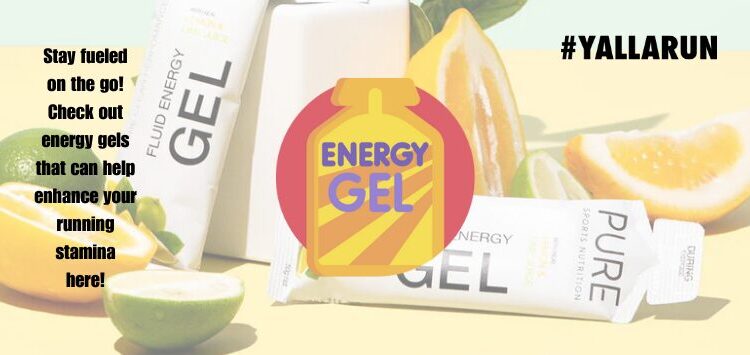
In the realm of endurance sports, fueling the body properly is essential for optimal performance. Athletes often seek convenient, effective solutions to maintain energy levels during long-distance events, and energy gels have emerged as a popular choice. These compact, easy-to-carry packets provide quick bursts of energy, often sourced from carbohydrates, electrolytes, and other performance-enhancing ingredients. This article aims to compare four prominent energy gel brands: GU, SIS, Huma, and Clif, examining their ingredients, flavors, benefits, drawbacks, and overall suitability for different types of athletes.
The Importance of Energy Gels
Energy gels serve a vital role in endurance sports by supplying readily available energy, which can be quickly absorbed during physical exertion. Prolonged activities such as marathons, triathlons, and ultra-endurance events deplete glycogen stores and lead to fatigue. Athletes require a quick source of carbohydrates to replenish energy stores, which energy gels can provide effectively.
Furthermore, energy gels often contain electrolytes that help maintain hydration and prevent cramping, essential factors for athletes competing in long-duration events. The ease of use and portability make energy gels a preferred choice over traditional food sources like bars or fruits, which can be bulky and harder to digest during intense activity.
Learn more about different energy gels comparison, benefits, and its importance here!
Energy Gel Brand Comparisons
1. GU Energy Gel
Ingredients
GU Energy Gel is a longstanding favorite among endurance athletes. Each packet contains a mix of simple and complex carbohydrates (sucrose, glucose, and maltodextrin), electrolytes (sodium and potassium), and amino acids. GU gels are also fortified with caffeine options for an extra boost.
Flavors
GU offers an extensive variety of flavors, catering to different palates. Notable options include Salted Caramel, Strawberry Banana, and Vanilla Bean.
Pros
- Variety of Flavors: A wide selection to avoid flavor fatigue during long events.
- Caffeinated Options: Available for those who need a caffeine kick.
- Added Amino Acids: Supports muscle recovery during exercise.
Cons
- Consistency: Some athletes might find the texture sticky or thick for easy swallowing during intense exertion.
- Sugar Content: Relatively high in sugar, which may cause gastrointestinal distress for sensitive individuals.
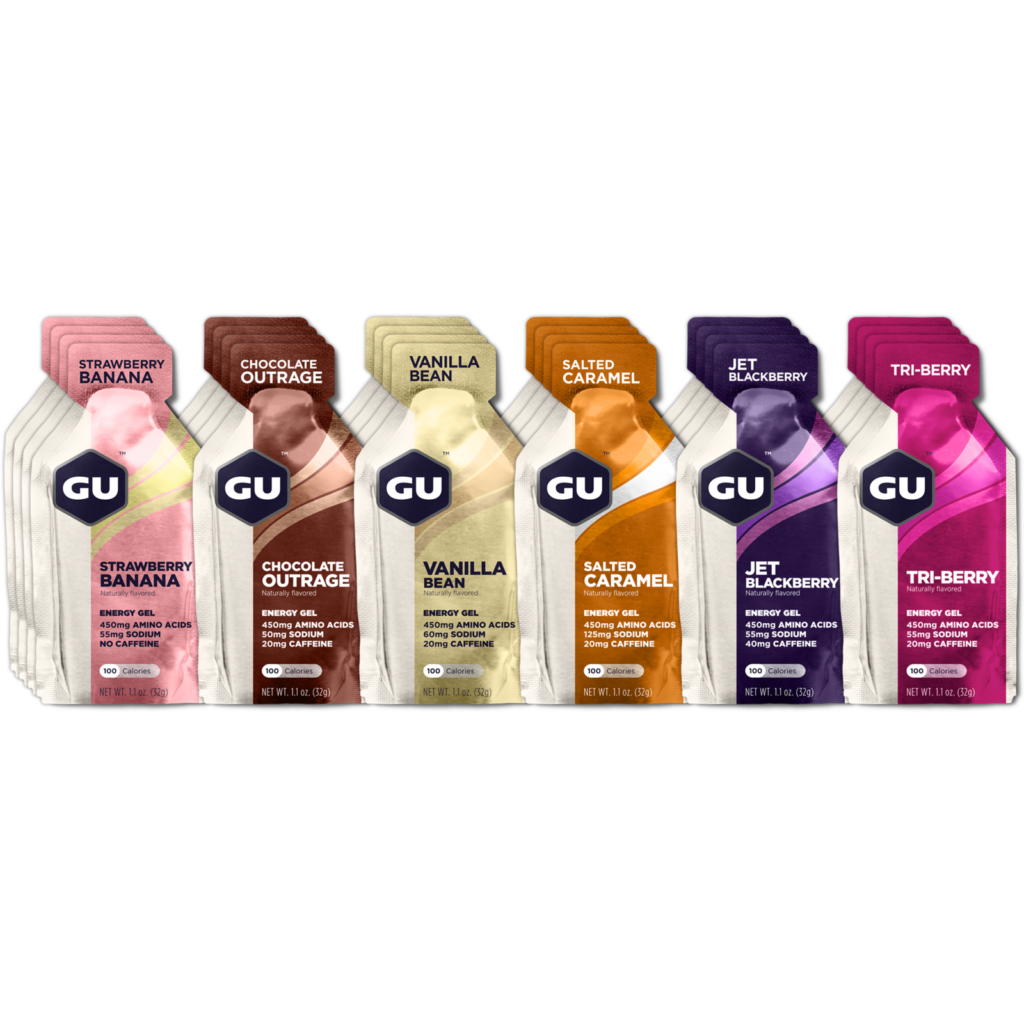
2. SIS (Science in Sport) Gel
Ingredients
SIS gels feature a blend of different carbohydrate sources, primarily maltodextrin and fructose. They provide a more efficient energy release compared to some other gels. Additionally, SIS gels are isotonic, meaning they do not require additional water intake to help with absorption.
Flavors
SIS offers several appealing flavors, including Lemon Lime, Strawberry, and Tropical.
Pros
- Isotonic Formula: Easily digestible, reducing the need for additional hydration.
- Efficient Energy Delivery: Provides a steady release of energy.
- Less Sugar: Lower sugar content compared to other brands, which may be gentler on the stomach.
Cons
- Limited Flavor Variety: Fewer flavor options which might not cater to all tastes.
- No Caffeine Alternatives: Lacks options for athletes seeking a caffeinated boost.
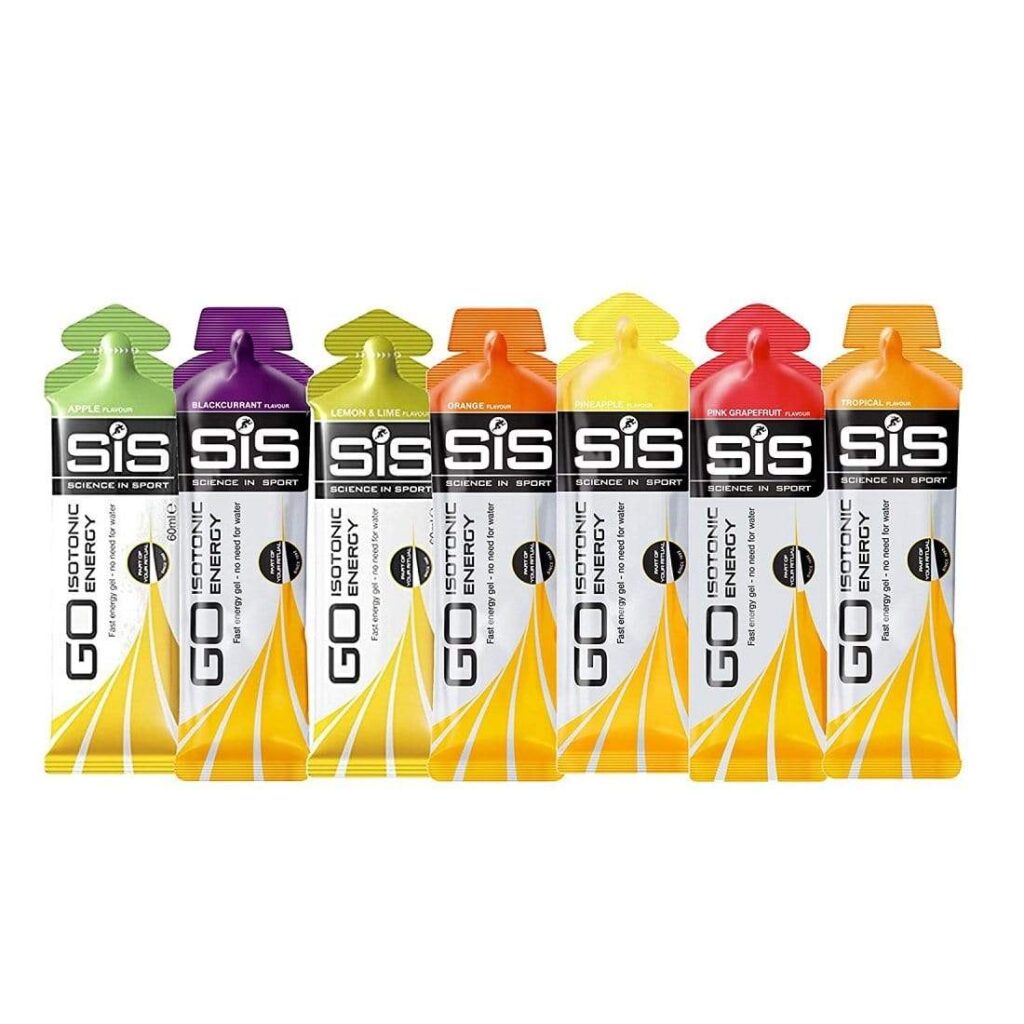
3. Huma Energy Gel
Ingredients
Huma Energy Gel stands out for its natural ingredients, primarily made from real fruit and brown rice syrup. It provides a source of carbohydrates without artificial flavors or colors and is enriched with electrolytes.
Flavors
Huma offers a selection of fruit-based flavors, such as Raspberry, Apple Cinnamon, and Banana, appealing to those preferring a more natural taste.
Pros
- Natural Ingredients: Provides a cleaner option for health-conscious athletes.
- Balanced Energy Release: The use of complex carbohydrates helps sustain energy levels over time.
- Great Taste: Many athletes find the natural fruit flavors enjoyable.
Cons
- Availability: Huma gels may not be as widely available as some larger brands.
- Texture: The texture can be slightly different from typical energy gels due to natural ingredients.
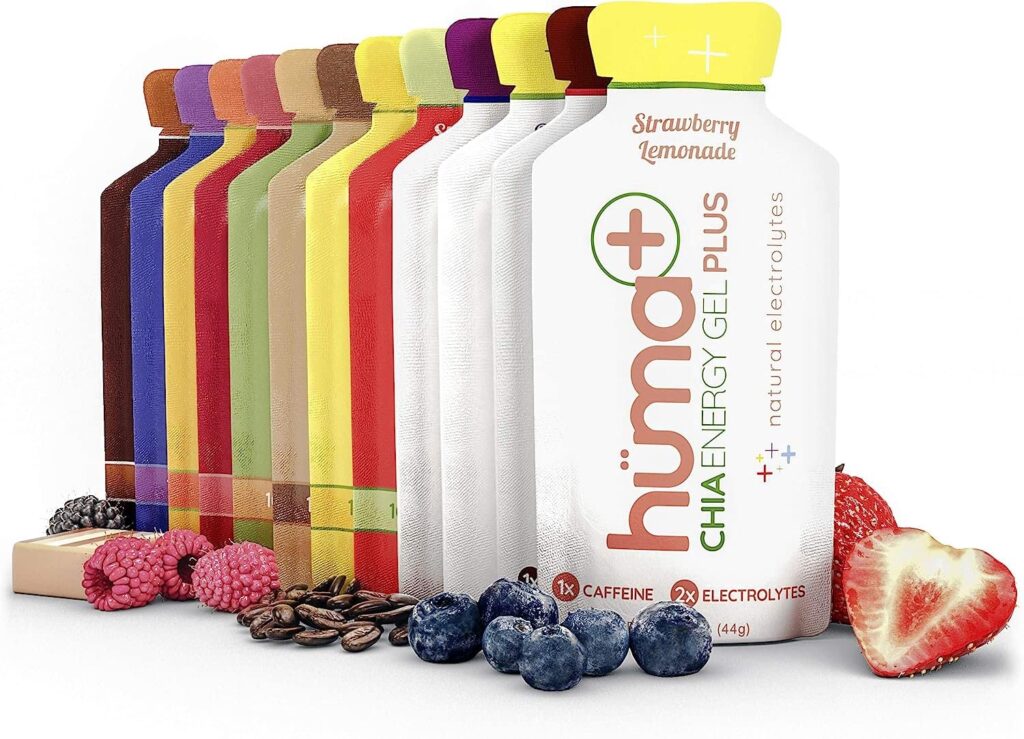
4. Clif Shot Energy Gel
Ingredients
Clif Shot Energy Gel combines organic and non-GMO ingredients, incorporating important electrolytes and carbohydrates to help replenish energy during strenuous activities.
Flavors
Clif offers unique flavors such as Mocha, Strawberry, and Vanilla. They also have a caffeine-free version and caffeinated options.
Pros
- Organic Ingredients: A plus for athletes seeking cleaner options.
- Caffeinated Variety: Provides both caffeinated and non-caffeinated gels.
- Widely Available: Commonly found in stores and online.
Cons
- Thicker Texture: Some athletes find Clif gels thicker compared to other brands, making them harder to consume quickly.
- Higher Calorie Content: Some options may be higher in calories, which could be a concern for athletes managing their calorie intake.
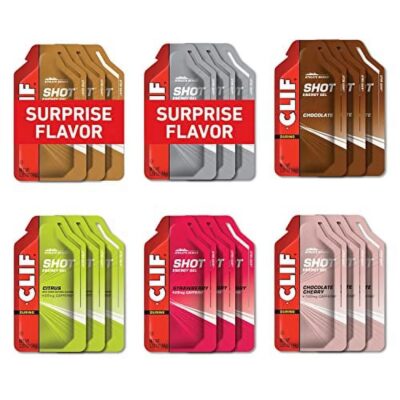
Benefits of Using Energy Gels
- Convenience: Energy gels are portable and easy to carry, making them ideal for long races or training sessions.
- Instant Energy: They provide fast-acting carbohydrates that can quickly replenish depleted energy stores.
- Hydration Support: Many gels come with added electrolytes that help maintain hydration levels.
Pros and Cons of Energy Gels
Pros
- Rapid Absorption: Designed for quick digestion and energy delivery.
- Variety of Options: Multiple brands provide extensive flavors and formulations to suit individual preferences.
- Performance Boost: Can help prevent fatigue and enhance endurance performance.
Cons
- Potential Digestive Issues: Some athletes may experience stomach discomfort due to high sugar content or specific ingredients.
- Dependence: Relying solely on energy gels can overlook the benefits of a well-rounded diet in training regimens.
Conclusion
Energy gels are an invaluable tool for endurance athletes looking to maintain performance throughout lengthy events. The comparison among GU, SIS, Huma, and Clif illustrates that each brand has its unique strengths and weaknesses. Athletes should consider individual taste preferences, ingredient composition, and digestive tolerance when selecting the best energy gel for their needs. By understanding the distinct characteristics of these brands, athletes can make informed choices to optimize their energy levels and enhance their performance on race day. Ultimately, testing different gels during training can help ensure that athletes find the perfect match for their endurance fueling strategy.
In summary, the right energy gel can make a significant difference in an athlete’s performance and overall experience during endurance events.

Leave a Reply